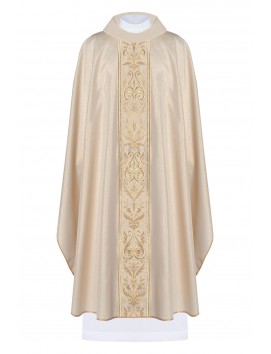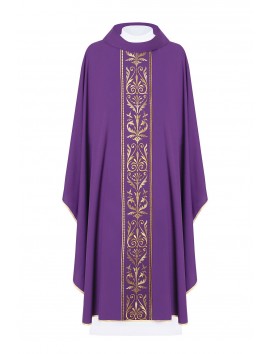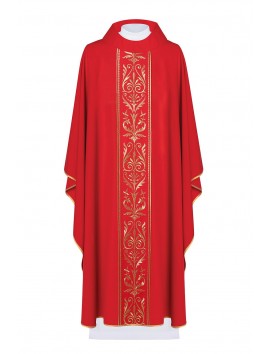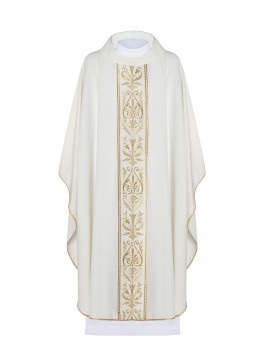The box behind the altar in a Catholic Church is called the tabernacle. It is a sacred container made of metal or wood, usually ornately decorated, which holds the Blessed Sacrament, the consecrated bread and wine used during the Eucharistic celebration. The tabernacle is usually located in a prominent place behind the altar and is usually constructed so that it can be locked for security reasons. The tabernacle is an important symbol of the Catholic faith, as it represents the presence of Christ in the Eucharist and the constant adoration of the body and blood of Christ by the faithful.
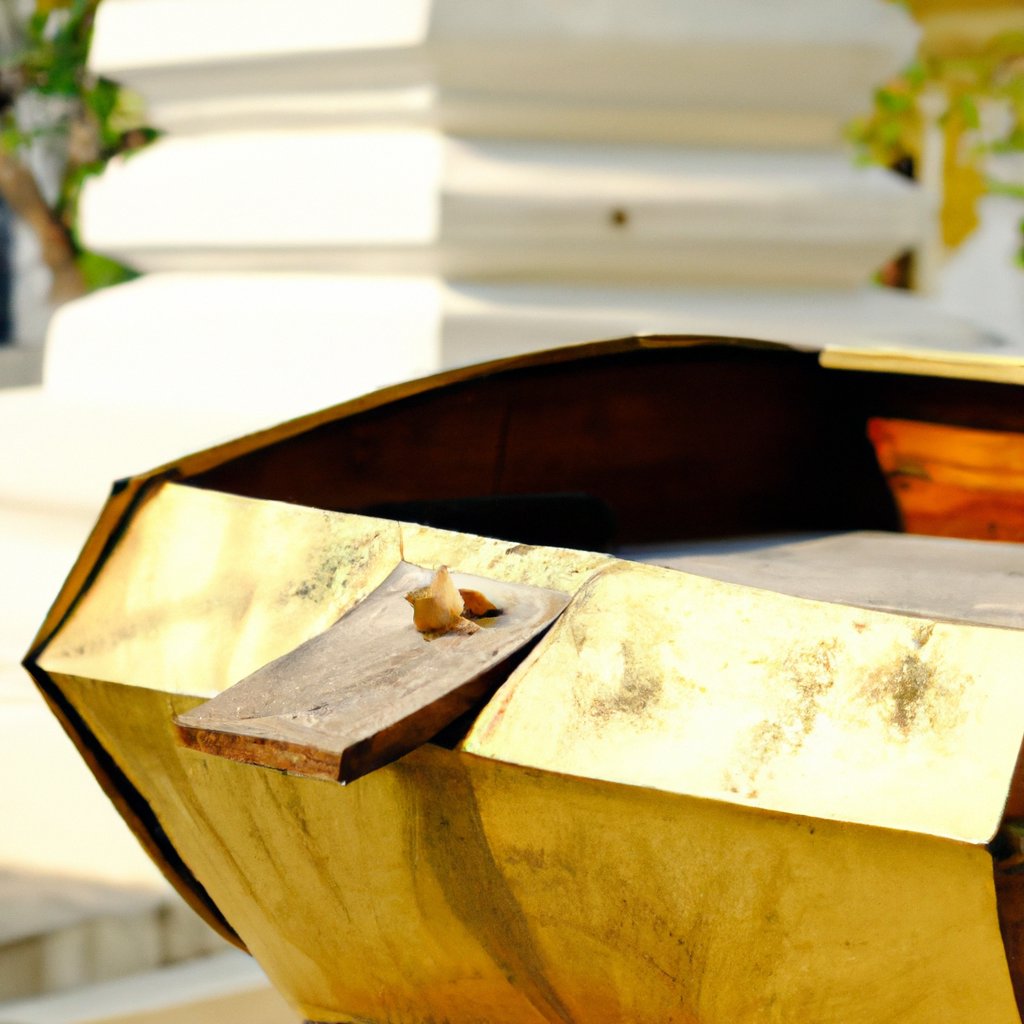
What is the priests chair called?
The priest's chair in a Catholic Church is called the presider's chair or celebrant's chair. It is usually located in the sanctuary, near the altar, and is reserved for the presiding priest or bishop during liturgical celebrations such as Mass or other sacraments. The chair is often ornately decorated and is intended to be a prominent symbol of the authority and leadership of the presiding priest or bishop. It is also a sign of hospitality, offered to the presider as a place of comfort and rest during the liturgy. The presider's chair is an important part of the liturgical furnishings in a Catholic Church, and is often designed to match the aesthetic style of the other liturgical furnishings in the church.
What is the red light on the Catholic altar?
The red light on a Catholic altar is called the sanctuary lamp or the eternal flame. It is a small red lamp that is kept burning near the tabernacle, which is a sacred container that holds the consecrated bread and wine used during the Eucharistic celebration. The Sanctuary Lamp reminds the faithful that the Blessed Sacrament is present in the tabernacle and that Christ is present in the Eucharist. The lamp is usually lit at all times and is seen as a sign of respect and reverence for the presence of Christ in the tabernacle. The red colour of the lamp is often associated with the Holy Spirit and the fire of God's love, which is believed to be present in the Eucharist.

